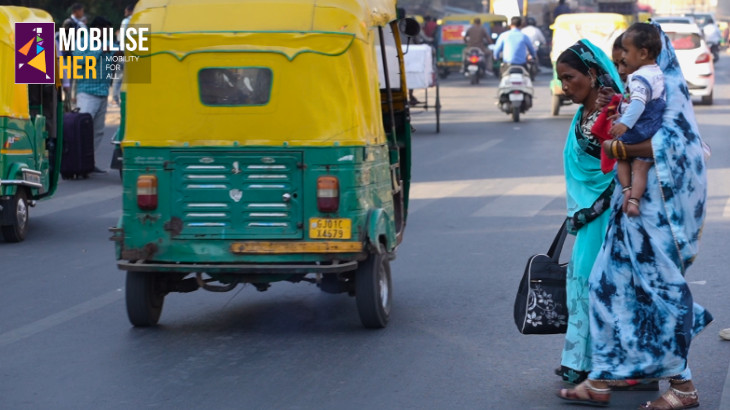
City Bus Improvement Study for Thiruvananthapuram

Project details
GIZ
2019
Advisory Projects
CoE-UT
As part of Indo-German Green Urban Mobility Partnership (GUMP), the cooperation project ‘Integrated Sustainable Urban Transport Systems for Smart Cities’ (SMART-SUT), commissioned by the German Federal Ministry for Economic Cooperation and Development (BMZ), is jointly implemented by Deutsche Gesellschaft für Internationale Zusammenarbeit (GIZ) GmbH and the Ministry of Housing and Urban Affairs (MoHUA), Govt. of India.
The city of Trivandrum has been selected for undertaking public transport improvement study which would include route rationalisation and service planning for the city. In this regard, the Transport Department, Government of Kerala, with financial assistance from GIZ SMART-SUT project has appointed the Centre for Research Development Foundation (CRDF), CEPT University as the technical partner to undertake the study titled ‘Route Rationalization and City Bus Improvement’ for the city of Thiruvananthapuram.
The project consisted of three main outputs as follows:
- Proposal for Route Rationalisation and Service Plan
- Implementation Plan and Strategy
- Data Management System and Route Performance Monitoring Tool
Systematic data management system is important for monitoring aggregate and disaggregate level performance of system. Key suggestions for data management system which may be adopted by KSRTC are:
- Categorisation of urban, suburban and regional routes
- Bus stops mapping and unique code
- Unique route number
- ETM based stop-to-stop ticketing system
- Issuing null ticketing to pass holders to track their travel details
- Route-based monitoring to improve users’ satisfaction
As a part of the study, E-TRAM (ETM-based Tool for Route Analysis and Monitoring) tool has been developed on Power BI software for routes performance monitoring. The aim of this tool to analyse the revised routes in its initial phase of roll-out and monitoring the routes for its operation decisions in the long term. It generates data visualisation which helps authority to decide on route level modifications at regular intervals.
More Projects from CoE-UT

